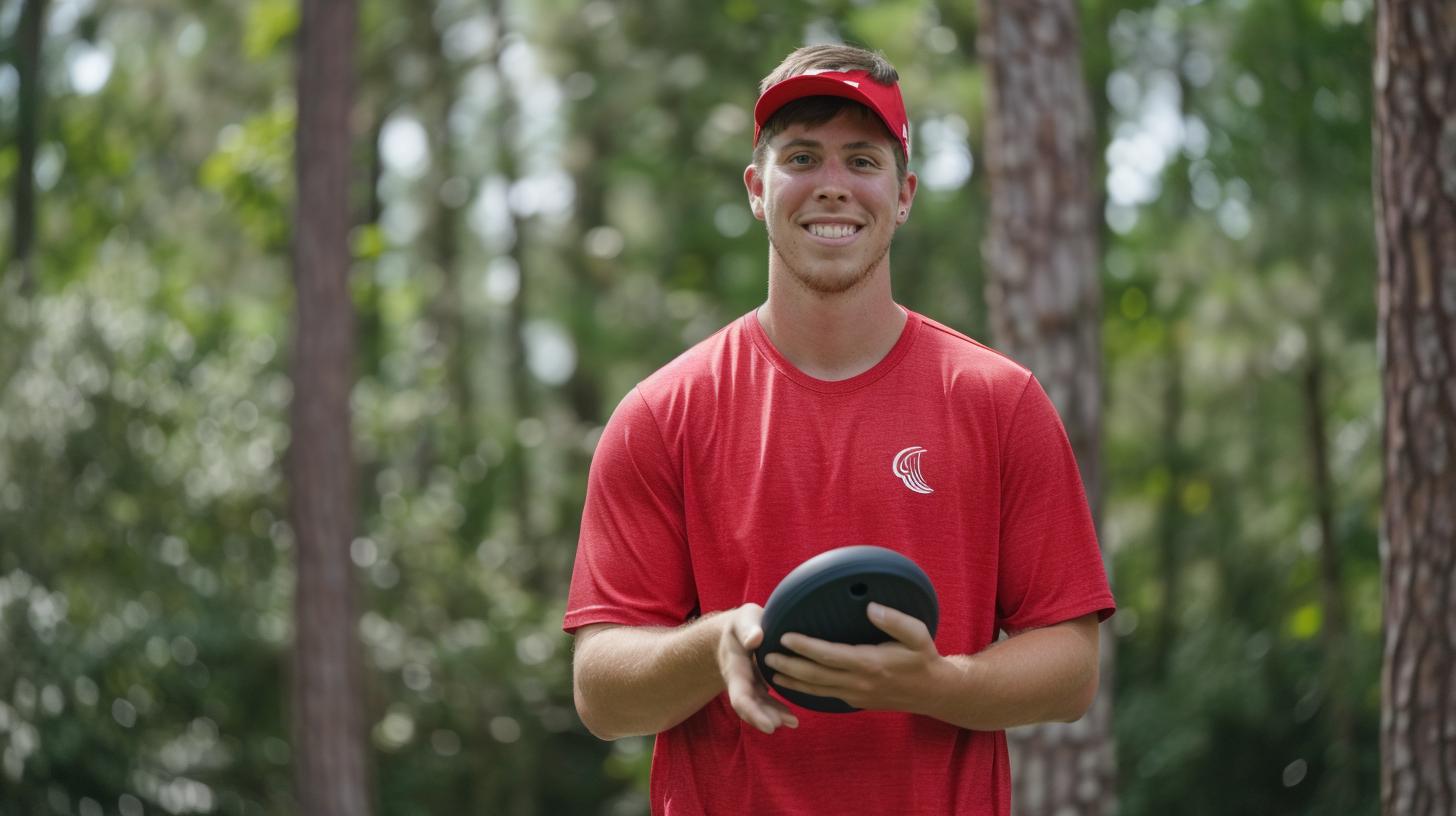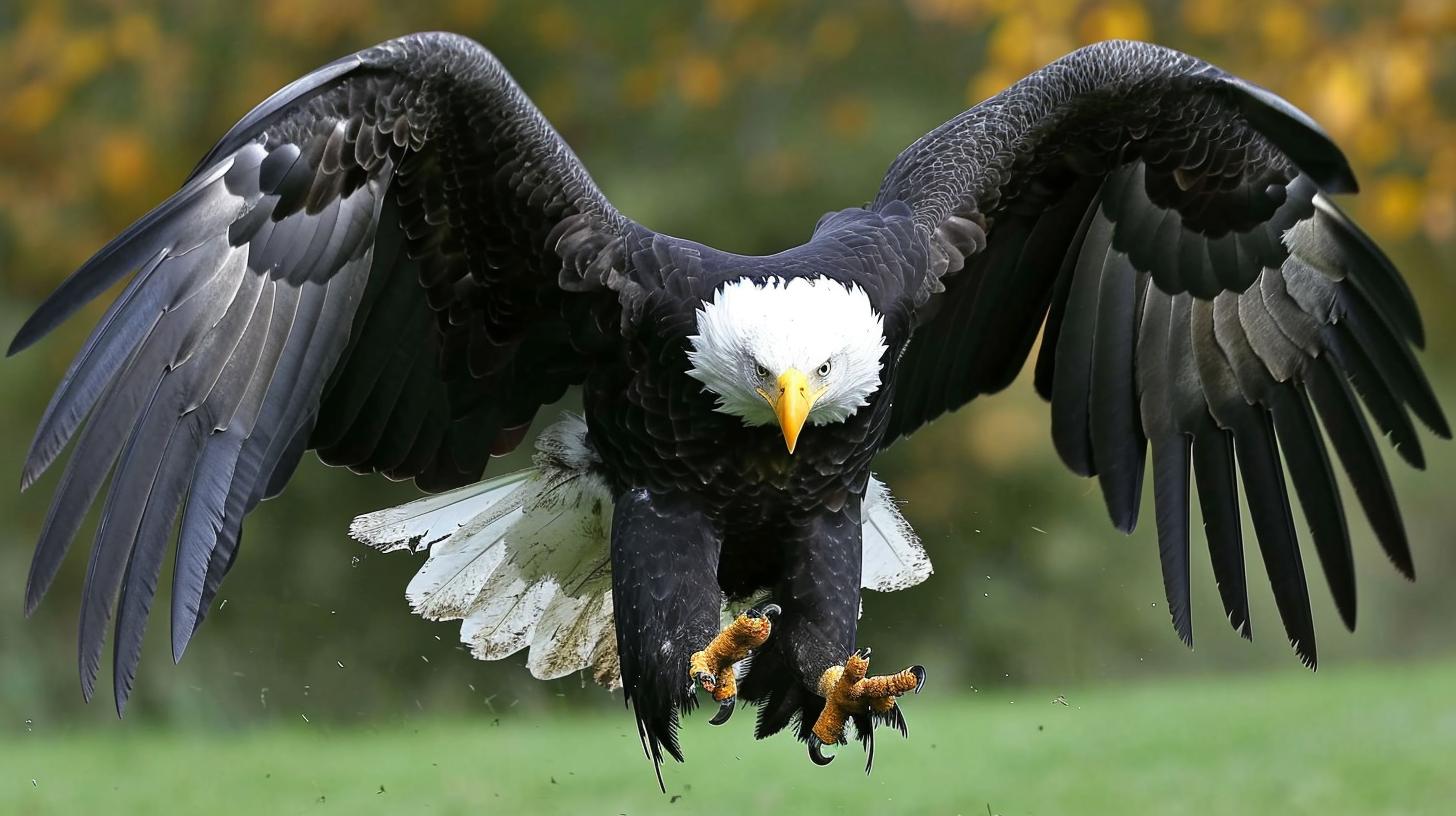
Disc golf has become a popular recreational activity that combines the precision and skill of traditional golf with the fun and accessibility of throwing frisbees. One of the key elements to mastering disc golf is understanding the different types of throws used in the game.
Whether you’re a beginner looking to improve your game or an experienced player seeking to expand your repertoire, knowing how to execute various throws can make a significant difference in your performance on the course.
In this article, we will explore the fundamentals of disc golf throws, including the backhand throw, forehand throw, overhand throw, roller throw, and advanced shots such as hyzer, anhyzer, and flex shots. We will delve into the techniques and tips for each type of throw, as well as strategies for perfecting your ground game and decision-making on the course.
By understanding these different throws and when to use them, you can enhance your overall gameplay and ultimately improve your scores.
Whether you’re navigating wooded fairways or dealing with challenging obstacles on the course, having a diverse arsenal of throws at your disposal can give you a competitive edge in disc golf. From mastering the sidearm technique to exploring advanced shots for specific situations, this article will provide you with valuable insights into choosing the right throw for every scenario. So let’s dive in and learn about the various types of throws in disc golf.
Understanding the Basics of Disc Golf Throws
The foundation of a successful disc golf game lies in mastering the different types of throws in disc golf. Understanding the basics of disc golf throws is crucial for players of all levels, from beginners to seasoned veterans. Each type of throw requires its own technique and strategy, and knowing when to use each one can make a significant difference in your game.
When it comes to disc golf throws, the fundamental types include backhand throws, forehand throws, overhand throws, roller throws, and advanced throws such as hyzer, anhyzer, and flex shots. Each type of throw has its unique flight path and characteristics, making them suitable for different situations on the course.
For example, backhand throws are one of the most common and versatile types of throws in disc golf. They are suitable for straight shots with a slight curve to the left (for right-handed players) and can be used for both short and long-distance shots. On the other hand, forehand throws, also known as sidearm throws, require a different throwing motion and are ideal for navigating tight fairways or executing strategic approach shots around obstacles.
It’s important for players to not only understand how to execute each type of throw but also when to use them effectively during a round. Developing a well-rounded skill set that encompasses various types of disc golf throws is essential for improving your overall game and adapting to different course layouts and challenges.
| Types of Throws | Description |
|---|---|
| Backhand Throws | Versatile and common; suitable for straight shots with a slight left curve. |
| Forehand Throws | Requires a different throwing motion; ideal for navigating tight fairways or executing approach shots. |
| Overhand Throws | Includes tomahawk and thumber; useful for getting over obstacles or executing controlled descents. |
The Backhand Throw
One important aspect of the backhand throw is the grip. The most common grip used for this type of throw is the power grip, where the thumb rests on top of the flight plate while the remaining fingers curl underneath the rim. This grip allows for maximum power and control during the release. Additionally, maintaining a firm but relaxed grip on the disc is crucial for achieving both distance and accuracy.
Another essential component of the backhand throw is the pull-through motion. As the player begins their throwing motion, they should focus on pulling the disc across their chest in a smooth and fluid manner. This motion generates rotational energy and momentum that will contribute to both distance and stability in flight. It’s vital for players to maintain balance throughout this process, as any loss of balance can result in errant throws.
Furthermore, follow-through plays a significant role in completing a successful backhand throw. After releasing the disc, players should continue their throwing motion by extending their arm towards their target and following through with their hips and shoulders. A strong follow-through not only adds power to the throw but also helps with accuracy by ensuring that all parts of the body are working together in harmony.
| Aspect | Description |
|---|---|
| Grip | The power grip is commonly used for the backhand throw |
| Pull-Through Motion | A smooth and fluid motion generating energy and momentum |
| Follow-Through | Extending arm towards target after release for added power and accuracy |
The Forehand Throw
To achieve a successful forehand throw, players should focus on maintaining a smooth and fluid motion throughout their entire body. It’s important to use the hips and shoulders to generate power while keeping the wrist strong and stable for accuracy. Additionally, proper weight transfer from back foot to front foot is essential for achieving distance and control.
Mastering the forehand throw opens up new possibilities for navigating obstacles on the course. When executed effectively, this type of throw can curve around trees and other barriers with precision. It also allows players to tackle headwinds more effectively than with a backhand throw. With practice and dedication, mastering the sidearm technique can greatly enhance a player’s overall performance on the disc golf course.
When mastering different types of throws in disc golf, it is important for players to experiment with various grips, angles, and release points to determine which techniques work best for their individual playing style. The forehand throw offers versatility in challenging situations that may not be effectively addressed with traditional backhand throws. With dedication and practice, players can become proficient in using both types of throws in disc golf, expanding their ability to handle any situation on the course.
The Overhand Throw
When it comes to mastering the different types of throws in disc golf, the overhand throw offers unique opportunities for navigating obstacles and reaching targets with precision. The two main types of overhand throws in disc golf are the Tomahawk and Thumber throws, each with its own specific technique and advantages on the course.
The Tomahawk throw is executed by gripping the disc with a thumb on top and fingers underneath, then throwing it vertically with an overhand motion. This type of throw is useful for getting over obstacles such as trees or bushes, as well as for creating a specific angle of approach to the target. Players often use this throw when they need more control and accuracy in their shot.
On the other hand, the Thumber throw involves gripping the disc similarly to a backhand grip but with your thumb on top. The motion for this throw is also overhand, but instead of throwing it vertically like the Tomahawk, you release it horizontally. This type of throw provides a consistent flight path and can be used for long distances or when dealing with tight spaces on the course.
Both throws require practice to master their specific techniques and understand their flight characteristics. By adding these overhand throws to your repertoire of disc golf skills, you can expand your options for approaching different situations on the course and improve your overall game.
The Roller Throw
To execute a successful roller throw, disc golfers must first select the appropriate disc for the shot. Generally, understable discs with a rounded edge are preferred for roller throws, as they are more likely to roll smoothly along the ground. Once the disc is selected, players should focus on their throwing technique, aiming to release the disc at a slight angle to allow it to make initial ground contact and begin rolling towards the target.
Strategies for perfecting the roller throw also involve understanding how different factors such as terrain, wind conditions, and obstacles can affect the flight path and roll of the disc. It’s important for players to consider these variables when deciding whether a roller throw is the best option for a particular situation on the course.
Additionally, practicing this type of throw regularly can help players refine their skills and develop a better understanding of when to utilize it during actual gameplay.
- Choose an understable disc with rounded edge
- Focus on releasing the disc at a slight angle
- Consider terrain, wind conditions, and obstacles
- Regular practice helps improve roller throw skills
Advanced Throws
In the world of disc golf, mastering advanced throws can take your game to the next level. These throws allow players to navigate around obstacles, handle wind conditions, and attack challenging basket locations. Three of the most common advanced throws in disc golf are the hyzer, anhyzer, and flex shots.
The hyzer throw is a fundamental technique in disc golf that involves releasing the disc at an angle where the outer edge is lower than the inner edge. This causes the disc to curve to the left (for right-handed throwers) during its flight due to its natural tendency to fade.
The anhyzer throw, on the other hand, requires players to release the disc at an angle where the outer edge is higher than the inner edge. This results in a right-turning flight path for right-handed throwers as the disc fights against its natural fade.
Flex shots are another valuable addition to a player’s arsenal of throws in disc golf. This type of throw combines elements of both hyzer and anhyzer releases. It involves starting with an anhyzer angle but finishing with a hyzer angle, resulting in an S-shaped flight path. Flex shots are particularly useful when navigating through tight fairways or shaping precise lines around obstacles on the course.
Mastering these advanced throws – hyzers, anhyzers, and flex shots – can greatly enhance a player’s ability to adapt to various course layouts and challenges in competitive play. Understanding when and how to use each type of throw is crucial for players looking to improve their overall performance on the course.
Putting It All Together
When it comes to disc golf, strategy and decision-making play a vital role in your success on the course. While mastering the different types of throws in disc golf is important, knowing when to use each throw is equally crucial. In this section, we will explore how to put it all together by developing a strategic approach to disc golf and making sound decisions during gameplay.
Assessing the Terrain
One of the key elements of good strategy in disc golf is being able to assess the terrain effectively. This means understanding the layout of the course, including any obstacles such as trees, hills, or water hazards. By taking note of these factors before making a throw, you can make more informed decisions about which type of throw to use and how much power to apply.
Adapting to Wind Conditions
Another aspect of strategy in disc golf is being able to adapt to different wind conditions. Wind can greatly affect the trajectory of your throws, so understanding how to adjust for headwinds, tailwinds, and crosswinds is essential for success on the course. This may involve changing your throwing technique or selecting a different type of throw altogether.
Choosing the Right Throw for the Situation
Finally, a big part of putting it all together on the disc golf course is knowing which type of throw to use in any given situation. Whether it’s navigating tight fairways, avoiding obstacles, or reaching distant targets, being able to select the appropriate throw based on the circumstances will greatly enhance your game.
By considering factors such as distance, angle, and elevation changes, you can make more strategic decisions that lead to better outcomes on the course. Mastering these aspects of strategy and decision-making will help you become a more well-rounded disc golfer overall.
Conclusion
In conclusion, mastering the various types of throws in disc golf is essential for becoming a well-rounded and competitive player. Each type of throw has its own unique technique and purpose, and understanding when to use each one can greatly enhance your game. Whether it’s the backhand, forehand, overhand, roller, or advanced throws like the hyzer, anhyzer, and flex shots, being adept at each throw will give you a significant advantage on the course.
Moreover, choosing the right throw for every situation in disc golf involves not only having a solid grasp of the technical aspects of each throw but also considering factors such as wind conditions, obstacles on the course, and your own skill level. It’s crucial to take all these variables into account when deciding which type of throw to use in any given situation.
Ultimately, becoming proficient in all the different types of throws in disc golf requires dedication, practice, and a willingness to continuously improve. By consistently honing your skills in each type of throw and adapting them to different situations on the course, you’ll be better equipped to navigate the challenges that arise during gameplay.
So go out there and practice those backhands, forehands, overhands, rollers, and advanced throws – because only by doing so can you truly choose the right throw for every situation in disc golf.






